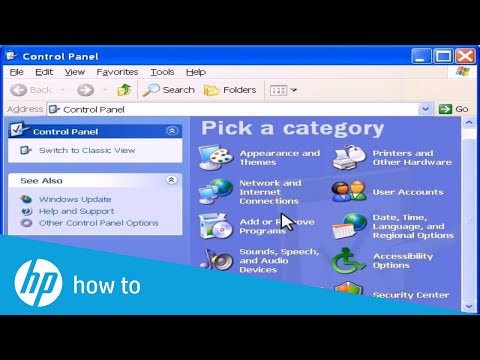

- Apache tomcat 8 download for windows 10 x86 how to#
- Apache tomcat 8 download for windows 10 x86 install#
- Apache tomcat 8 download for windows 10 x86 update#
- Apache tomcat 8 download for windows 10 x86 software#
- Apache tomcat 8 download for windows 10 x86 zip#
Run the following command to update system.
Apache tomcat 8 download for windows 10 x86 install#
Installing Javaīefore installing Tomcat we will have to install the Java Development Kit JDK) on our system but it is recommended that you update the system and available packages before installing JDK. It will need a CentOS server IP Address of your server and root privileges on the server. Tomcat 8.5 does not require any special kind of hardware.
Apache tomcat 8 download for windows 10 x86 software#
It is developed by the Apache Software Foundation, written in Java and released under Apache License 2.0. Apache Tomcat is an open-source web server and servlet container that is used to serve Java applications. Tomcat server implements Java servlet and Java servlet technologies like JSP Java WebSocket. The Apache Software Foundation also known as ASF recently released the latest Apache Tomacat server 8.5 on December 8, 2016. Open your browser and open the developers tools ++i in most browsers.Want your very own server? Get our 1GB memory, Xeon V4, 25GB SSD VPS for £10.00 / month. With Tomcat running, open your terminal and type:Ĭurl curl -H "Accept-Encoding: gzip" -I You should get the following response: Test your Tomcat after enable compression 8.1 Check with CURLĬurl is a command line tool for getting or sending files using URL syntax. The default value is text/html,text/xml,text/plain,text/css,text/javascript,application/javascript. The value is a comma separated list of MIME types for which HTTP compression may be used. The value is a regular expression (using ) matching the user-agent header of HTTP clients for which compression should not be used, because these clients, although they do advertise support for the feature, have a broken implementation. If not specified, this attribute is defaults to “2048”. If compression is set to “on” then this attribute may be used to specify the minimum amount of data before the output is compressed. If not specified, this attribute is set to “off”. If the content-length is not known and compression is set to “on” or more aggressive, the output will also be compressed. The acceptable values for the parameter is “off” (disable compression), “on” (allow compression, which causes text data to be compressed), “force” (forces compression in all cases), or a numerical integer value (which is equivalent to “on”, but specifies the minimum amount of data before the output is compressed). The Connector may use HTTP/1.1 GZIP compression in an attempt to save server bandwidth. Go to TOMCAT_HOME/conf and edit server.xmlĮdit the connector tag so it looks like the following

Open the browser in the URL: And you should see the Tomcat Welcome screen.Īs you can see there is no Content-Encoding response and the size of the response is 32.8 KB 7. (NOT_STOPPABLE, NOT_PAUSABLE, IGNORES_SHUTDOWN) You should get an output similar to the following: Start tomcat output C:\Java\Apache Tomcat 8.0.15\bin>sc start Tomcat8

Start the service with the following command: The service 'Tomcat8' has been installed. Using CATALINA_BASE: "C:\Java\Apache Tomcat 8.0.15" Using CATALINA_HOME: "C:\Java\Apache Tomcat 8.0.15" Install Tomcat output Installing the service 'Tomcat8'. You should get an output similar to this: Install Tomcat service C:\Java\Apache Tomcat 8.0.15\bin>service install Install the service with the following command: Tomcat installation directory C:\Java\Apache Tomcat 8.0.15\bin> Open the Windows terminal and go to the Tomcat Installation bin directory.
Apache tomcat 8 download for windows 10 x86 zip#
Prerequisitesĭownload the tomcat server as a zip compressed file for windows.Ģ Uncompress Tomcat 5.2 Install the Tomcat service
Apache tomcat 8 download for windows 10 x86 how to#
In this example we are going to show how to enable Gzip compression on Tomcat Server.

Therefore the overall effect is a time saving, despite the browser having to unzip the file. The most common compression schemes include gzip and Deflate. This means that when it is in use, your bandwidth costs for serving the site, will be lower because people visiting the site will be downloading smaller files. Using GZip, takes time and processor power to zip and unzip the files, but typically this is not a problem because the time it takes to do that, is often less than the time that is saved by downloading a smaller file. HTTP compression is a capability that can be built into web servers and web clients to improve transfer speed and bandwidth utilization. HTTP data is compressed before it is sent from the server: compliant browsers will announce what methods are supported to the server before downloading the correct format browsers that do not support compliant compression method will download uncompressed data.


 0 kommentar(er)
0 kommentar(er)
